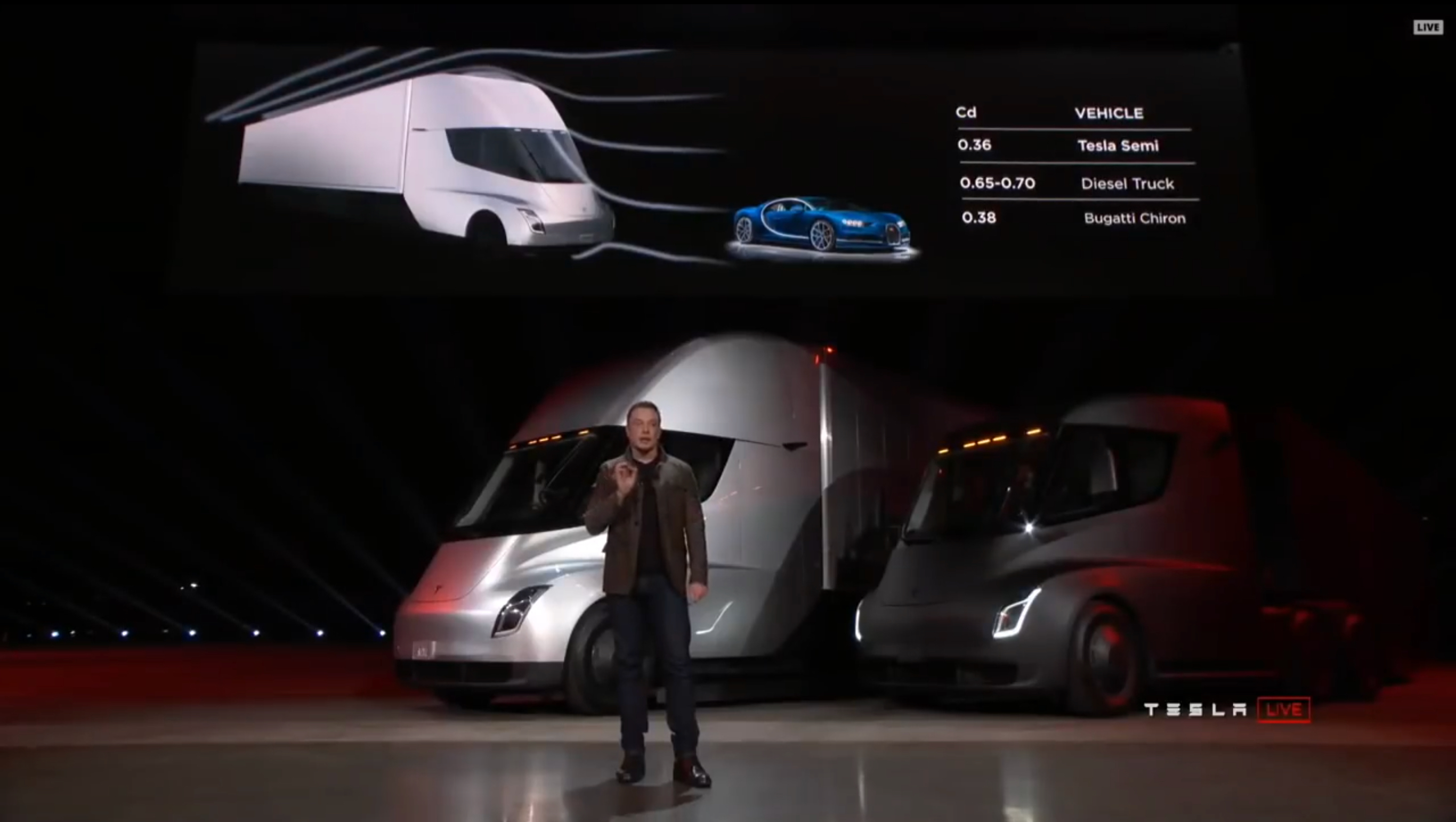
Elon Musk with a semi.
Elon Musk’s Latest Announcement Is A Big Trucking Deal [Read more…]

Elon Musk with a semi.
Elon Musk’s Latest Announcement Is A Big Trucking Deal [Read more…]
Is solar blockchain going to revolutionise the way we buy energy? Or is it a load of overhyped bollocks?
Blockchain is a revolutionary new technology with the revolutionary ability to revolutionize our lives.
Have you ever noticed that rental properties almost never have solar?
Australia has the lowest cost rooftop solar in the world, plenty of sunshine, and because we are heading towards having the most expensive pre-tax grid electricity in the world, solar is a must have for almost anyone who owns a roof.
But over the past 11 years Australian home ownership has fallen from 70% to around 66% and since it costs over a million bucks to buy a butterbox in Sydney, this figure isn’t likely to improve any time soon. This means one-third of the Australian population is locked out of owning rooftop solar. [Read more…]
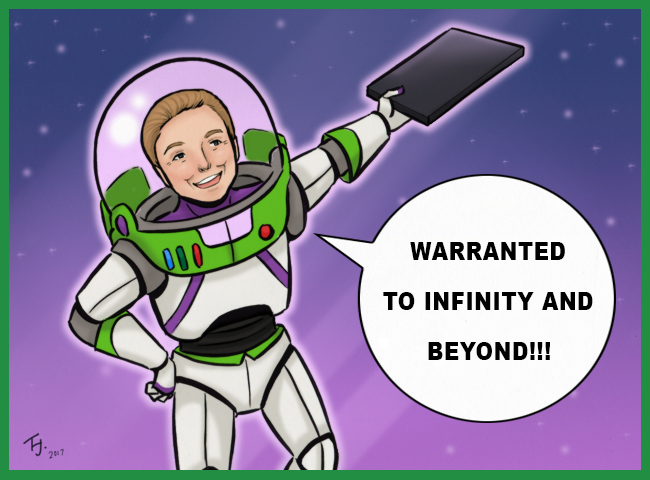
Infinity Warranty? As Chuck D once said. Don’t believe the (Tesla) hype.
In October last year, Tesla announced they were making tiles with built-in solar cells that would allow a roof to generate electricity without the need for solar panels. Installations of these solar roofs will start in the United States in June and you can go to Tesla’s Australian site and slap down a $1,310 deposit to reserve one. Tesla says they will be available here in 2018 and, given their record of meeting their own self-imposed deadlines, they should definitely arrive before the heat death of the universe. Just so long as they don’t get cancelled like the DC Powerwall 2. [Read more…]
Tesla’s solar roof tile announcement raises more questions than it answers.
On Saturday the 29th of October, Elon Musk made an announcement that thousands of Australians were waiting to hear.
He spent 37 seconds making that announcement.
Then he spent most of the rest of the time spruiking Tesla’s new solar tiles. [Read more…]

One of Juno’s 3 solar panels. This section will produce about 5kW in earth orbit, and 185W in Jupiter Orbit. Image: NASA/JPL
Juno, the first solar powered space probe to be sent to Jupiter, entered orbit around the gas giant planet yesterday. Its mission is to probe Jupiter in ways it has never been probed before to discover clues about its formation, internal structure, water content, and weather. Part of its mission is the investigate the Great Red Spot. However, because it is currently only around half the size it was 100 years ago, it is now really just an Okay Red Spot. [Read more…]
Today the Solar Racing Team of the University of Adelaide gave Finn and I the opportunity to take Lumen, their solar racer, for a spin. And I was there to take Finn’s picture as he nailed it and completely managed not to hit or destroy anything at all. Well done, Finn!

Finn, about to take the University of Adelaide’s Solar Racing Team’s vehicle for a spin.
An unassuming lump of perovskite. “The fastest improving solar cell technology there has ever been.”
We’ve previously covered the novelty of perovskites as a potential game changer for solar cell cost and efficiency, and also asked why, with such a name, they haven’t as yet debuted in the latest James Bond blockbuster. But perovskite solar cells in commercial production as the “Next Big Thing” in solar cell technology? Surely that’s a long, long way off? [Read more…]


Another breakthrough on the road to cheap, efficient perovskite solar cells
A combined Australian and Chinese team has developed a water-resistant perovskite solar cell using a specially-designed dipping technique. The new technology will dramatically boost the humidity tolerance of the cells, the lack of which was previously considered a stumbling block to commercialisation. [Read more…]
Get free quotes for solar, batteries,
EV chargers or hot water heat pumps
Before You Go..Download the first chapter of The Good Solar Guide, authored by SolarQuotes founder Finn Peacock, FREE! We respect your privacy and you can opt out from the newsletter at any time. |



Currently Raging Debates: